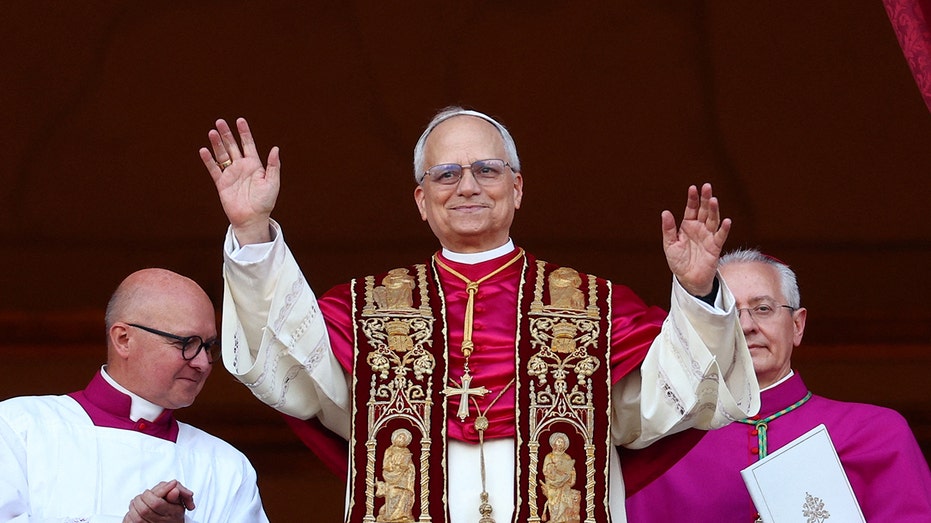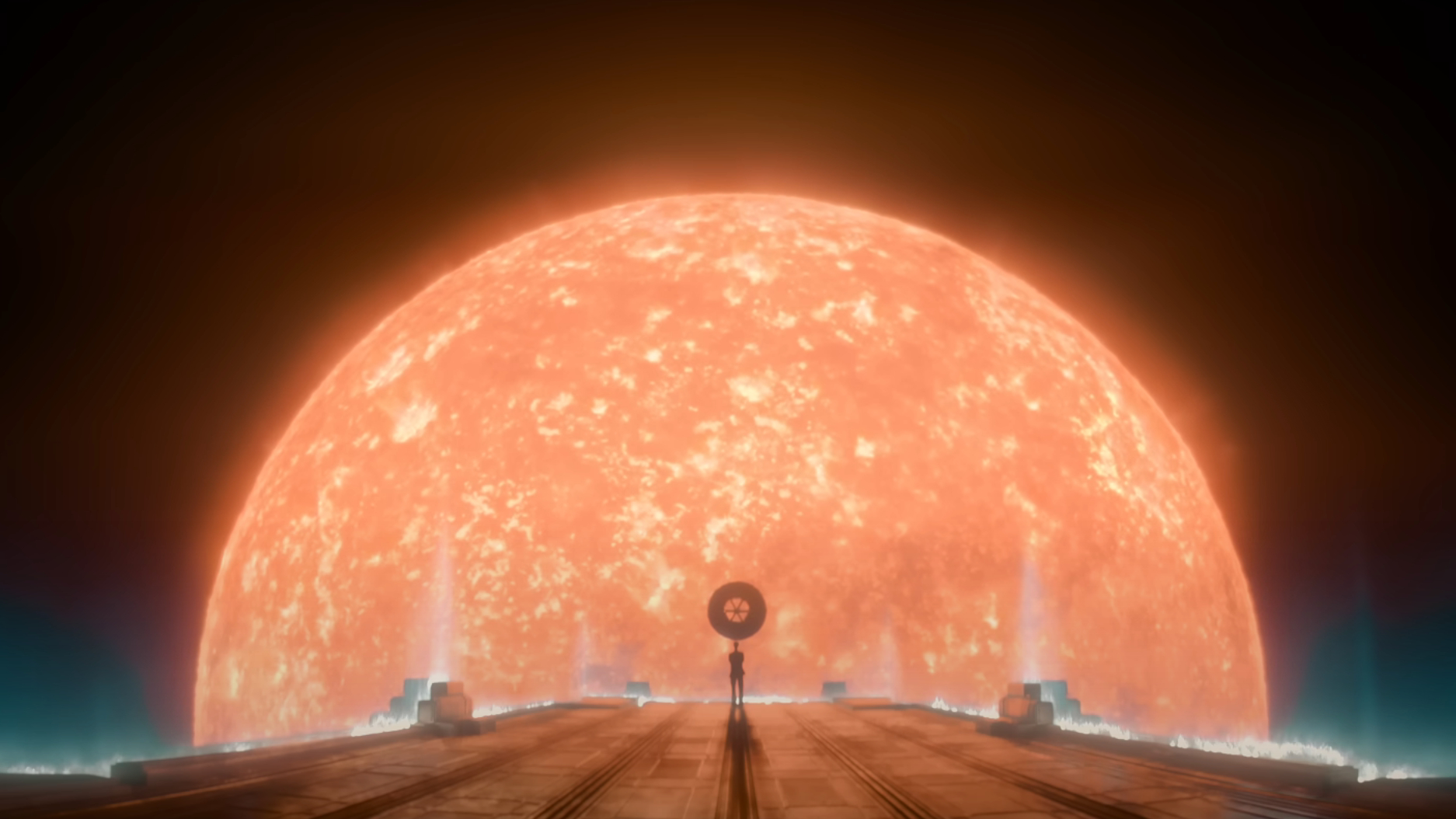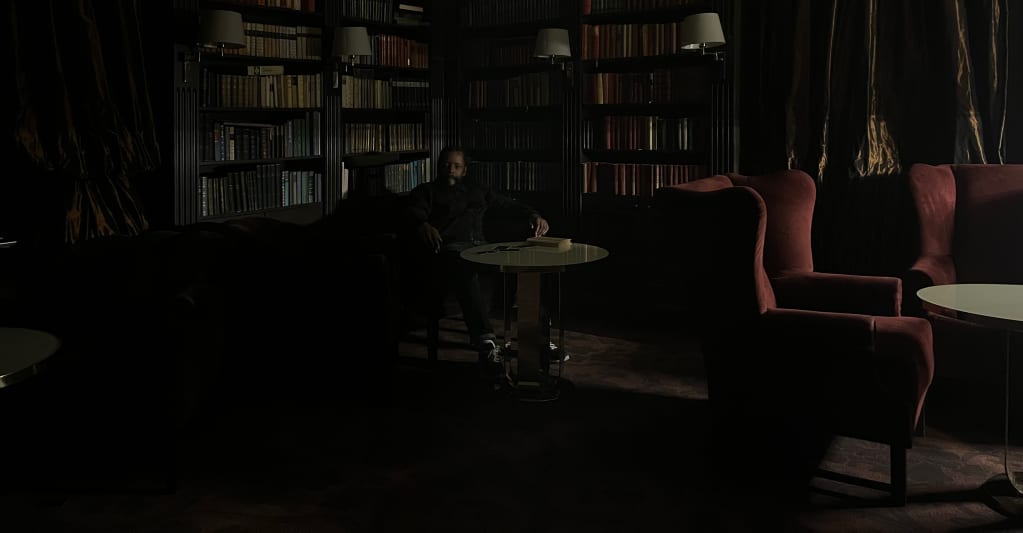You Have To Listen to Tolkien's Advice on Worldbuilding
One of the great joys of writing is working on a project so big that you get to build an entire world from nothing. This worldbuilding can be so much fun, as you play god and decide what things look like, how the land looks, and who lives in this magical or non-magical place. But coupled with all of that is an epic burden. It can be overwhelming to have to go through all of that stuff and to try to get it onto the page without forgetting anything. Well, lucky for us, this old video of the legendary J.R.R. Tolkien, the brilliant mind behind The Lord of the Rings and The Hobbit, contains a ton of advice for us. Let's dive in. Tolkien on Fictional Worlds At the start of the video, Tolkien talks about how writing is a person tapping into their own stock, their own beliefs and understandings of the world. You build a world out of that, out of how you think a world can be, and you build it the way you think a world might be in terms of what your story needs. Tolkien emphasizes that his primary focus was always on telling a compelling story. And building a world that helps the story deliver what it needs. That means when Middle-Earth comes to life, its languages, its genealogies, its rich history, were not prerequisites but rather organic outgrowths of what the story he intended to tell needed. In other words, you decide the plot of your story and build the world around what the plot asks. You get the obstacles that way, you get the nuance, and you get to continue to add as you go deeper into your story. The Art of "Sub-Creation"One of the most profound concepts Tolkien discussed is "sub-creation". He viewed his work not as creating something entirely new from a void, but as rearranging the "primary material" of the existing world we live in, into a new and pleasing form. I feel like this takes a lot of the pressure off the idea of building a world. If we're just manipulating what we already know and adding new concepts, we don't have to change everything or feel the need to be god, we can just kind of be decorators of a space we want for our characters. Tolkien was using fantasy tropes like good and evil sides to tel a much larger story in The Lord of the Rings, but at its heart are still those two clear pillars of what is right and what is wrong. Characters and their choices can exist in a grey area within that, but there is an ultimate truth of an absolute good we want to succeed. For Tolkien, this lies at the heart of most worldbuilding, the struggle between light and darkness, and the idea that even good can be corrupted (as seen with the One Ring, adds immense depth and moral complexity to his narratives. Lessons For Writers After watching that video, my main takeaway was that in order to build a world, writers need to embrace their stock, who they are, and their original way of looking at the world. That kind of subcreation can revive you.View your creative work as a process of shaping and reinterpreting existing ideas, emotions, and observations. This perspective can lend a sense of purpose and humility to your writing, connecting it to broader human experience.If you get stuck doing that, then go back to the basics. What side is the ultimate good, and what side is the ultimate evil? And then build from there. No matter what, you're in control. So if you have a specific plot you're writing, build the world around that plot. Focus on crafting a compelling narrative first. Worldbuilding elements should serve the story, not overshadow it. You don't need to have every detail mapped out before you begin; let the world grow with the narrative.Summing It All Up Hopefully, all this advice helps lead you on your storytelling journey. It can be a long road, it took Tolkien 14 years to figure out Middle Earth, but it's one that's worth the trip. Let me know what you think in the comments.


One of the great joys of writing is working on a project so big that you get to build an entire world from nothing. This worldbuilding can be so much fun, as you play god and decide what things look like, how the land looks, and who lives in this magical or non-magical place.
But coupled with all of that is an epic burden.
It can be overwhelming to have to go through all of that stuff and to try to get it onto the page without forgetting anything.
Well, lucky for us, this old video of the legendary J.R.R. Tolkien, the brilliant mind behind The Lord of the Rings and The Hobbit, contains a ton of advice for us.
Let's dive in.
Tolkien on Fictional Worlds
At the start of the video, Tolkien talks about how writing is a person tapping into their own stock, their own beliefs and understandings of the world.
You build a world out of that, out of how you think a world can be, and you build it the way you think a world might be in terms of what your story needs.
Tolkien emphasizes that his primary focus was always on telling a compelling story. And building a world that helps the story deliver what it needs.
That means when Middle-Earth comes to life, its languages, its genealogies, its rich history, were not prerequisites but rather organic outgrowths of what the story he intended to tell needed.
In other words, you decide the plot of your story and build the world around what the plot asks. You get the obstacles that way, you get the nuance, and you get to continue to add as you go deeper into your story.
The Art of "Sub-Creation"
One of the most profound concepts Tolkien discussed is "sub-creation". He viewed his work not as creating something entirely new from a void, but as rearranging the "primary material" of the existing world we live in, into a new and pleasing form.
I feel like this takes a lot of the pressure off the idea of building a world. If we're just manipulating what we already know and adding new concepts, we don't have to change everything or feel the need to be god, we can just kind of be decorators of a space we want for our characters.
Tolkien was using fantasy tropes like good and evil sides to tel a much larger story in The Lord of the Rings, but at its heart are still those two clear pillars of what is right and what is wrong.
Characters and their choices can exist in a grey area within that, but there is an ultimate truth of an absolute good we want to succeed.
For Tolkien, this lies at the heart of most worldbuilding, the struggle between light and darkness, and the idea that even good can be corrupted (as seen with the One Ring, adds immense depth and moral complexity to his narratives.
Lessons For Writers
After watching that video, my main takeaway was that in order to build a world, writers need to embrace their stock, who they are, and their original way of looking at the world.
That kind of subcreation can revive you.
View your creative work as a process of shaping and reinterpreting existing ideas, emotions, and observations. This perspective can lend a sense of purpose and humility to your writing, connecting it to broader human experience.
If you get stuck doing that, then go back to the basics. What side is the ultimate good, and what side is the ultimate evil? And then build from there.
No matter what, you're in control. So if you have a specific plot you're writing, build the world around that plot.
Focus on crafting a compelling narrative first. Worldbuilding elements should serve the story, not overshadow it. You don't need to have every detail mapped out before you begin; let the world grow with the narrative.
Summing It All Up
Hopefully, all this advice helps lead you on your storytelling journey. It can be a long road, it took Tolkien 14 years to figure out Middle Earth, but it's one that's worth the trip.
Let me know what you think in the comments.








































































